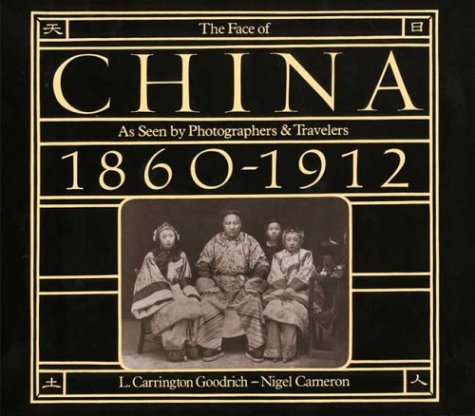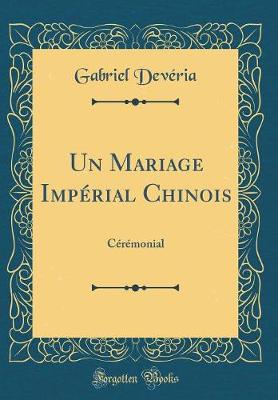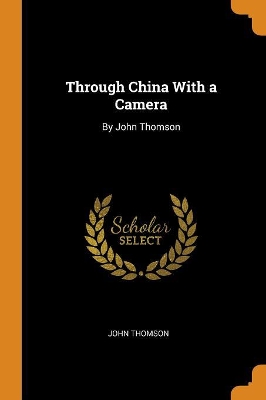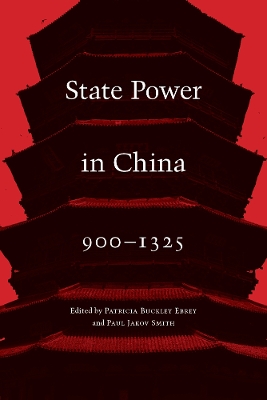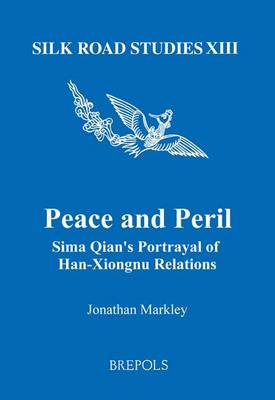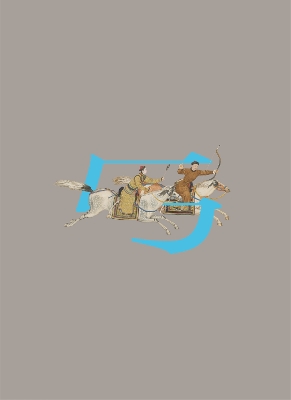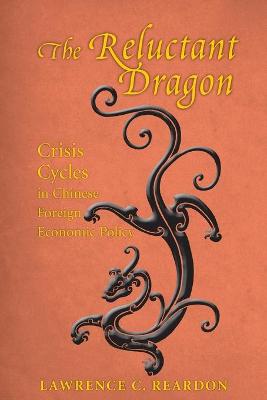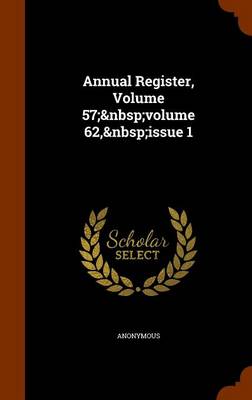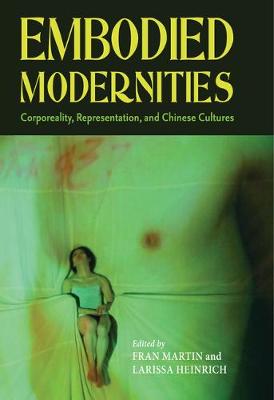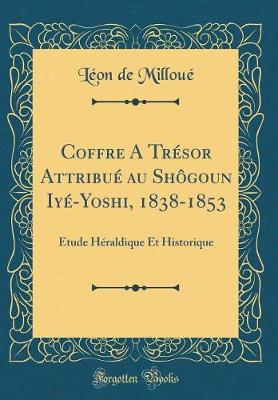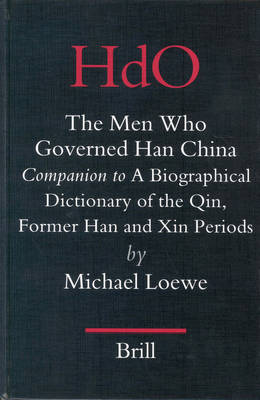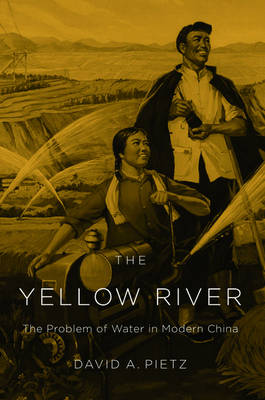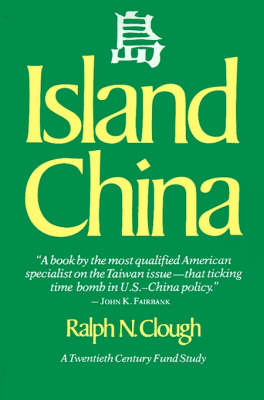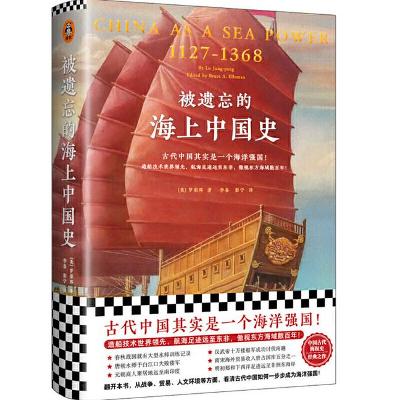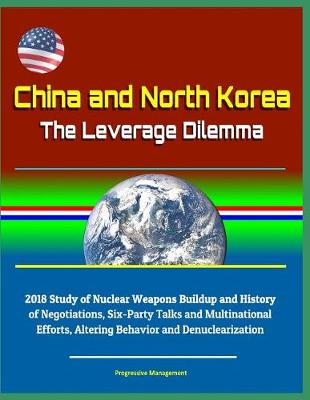The Face of China 1860 - 1912
by L.Carrington Goodrich and Nigel Cameron
China S Economic Growth: A Miracle with Chinese Characteristics
by Yanrui Wu
State Power in China, 900-1325
This collection provides new ways to understand how state power was exercised during the overlapping Liao, Song, Jin, and Yuan dynasties. Through a set of case studies, State Power in China, 900-1325 examines large questions concerning dynastic legitimacy, factional strife, the relationship between the literati and the state, and the value of centralization. How was state power exercised? Why did factional strife periodically become ferocious? Which problems did reformers seek to address? Could...
Featuring striking full-colour images and new research, this publication from the Hong Kong Palace Museum celebrates some of the most important works of horse art from the Palace Museum and the Louvre Museum. Five essays and forty-five entries highlight objects dating from the Han (206 BCE–220 CE) to Qing (1644–1911) dynasties, and explore the horse in art in a way that is accessible to general readers, encouraging them to think through comparisons with objects from both institutions. Centred o...
Chinese foreign economic policy before 1978 has been considered isolationist and centered on Maoist self-reliance. In this revisionist analysis, the author argues that the dramatic economic reforms initiated by China’s leaders in 1978 were in fact revisions and expansions of policies from the Maoist period.
The Oil Prince's Legacy traces Rockefeller philanthropy in China from the nineteenth century to today. Family diaries, letters, interviews in China, and institutional archival records are used to tell a compelling story about successive Rockefeller generations and U.S.-China cultural relations. This book describes how Rockefeller philanthropy came to focus on elite science and medicine and ensured their ongoing importance in the American-Chinese relationship. That importance is still seen today...
Records of the Grand Historian
Sima Qian (145?-90? BCE) was the first major Chinese historian. His "Shiji," or "Records of the Grand Historian," documents the history of China and its neighboring countries from the ancient past to his own time. These three volumes cover the Qin and Han dynasties.
James Mellon Menzies (1885-1957) was a Canadian engineer, Presbyterian missionary, and archaeologist active in China in the 1920s and 1930s. In a tradition that saw archaeology as a means of gathering artefacts for the collections of Western museums, Menzies believed in collecting for the people of China. He also saw his archaeological work as an extension of his missionary work, connecting, through his discoveries, the religious beliefs of ancient China to those of evangelical Christianity. In...
Coffre a Tresor Attribue Au Shogoun Iye-Yoshi, 1838-1853
by Leon De Milloue
The Men Who Governed Han China (Handbook of Oriental Studies. Section 4 China, #17)
by Michael Loewe
How were prominent figures in the formative stages of China's imperial government affected by changes in the theory and practice of government and its institutions? Calling on documentary evidence, some found only recently, Dr. Loewe examines local administration, the careers of officials, military organisation, the nobilities and kingdoms, the concepts of imperial sovereignty and the part played by the emperors. Special attention is paid to the anomalies in the historical records; tabulated lis...
In the Maoist years the North China Plain was re-engineered to use every drop of water for irrigation and hydroelectricity. As David Pietz shows, China's urban growth, industrial expansion, and agricultural intensification rested on compromised water resources, with effects that cast a long shadow over China's future course as a global power.
Island China (Twentieth Century Fund Books/Reports/Studies, #3)
by Ralph N Clough
In this landmark exploration of the origins of nationalism and cultural identity in China, Pamela Kyle Crossley traces the ways in which a large, early modern empire of Eurasia, the Qing (1636-1912), incorporated neighboring, but disparate, political traditions into a new style of emperorship. Drawing on a wide variety of primary sources, including Manchu, Korean, and Chinese archival materials, Crossley argues that distortions introduced in seventeenth- and eighteenth-century historical records...
China and North Korea
by U S Military, Department of Defense (Dod), and Stevie L Jones II
